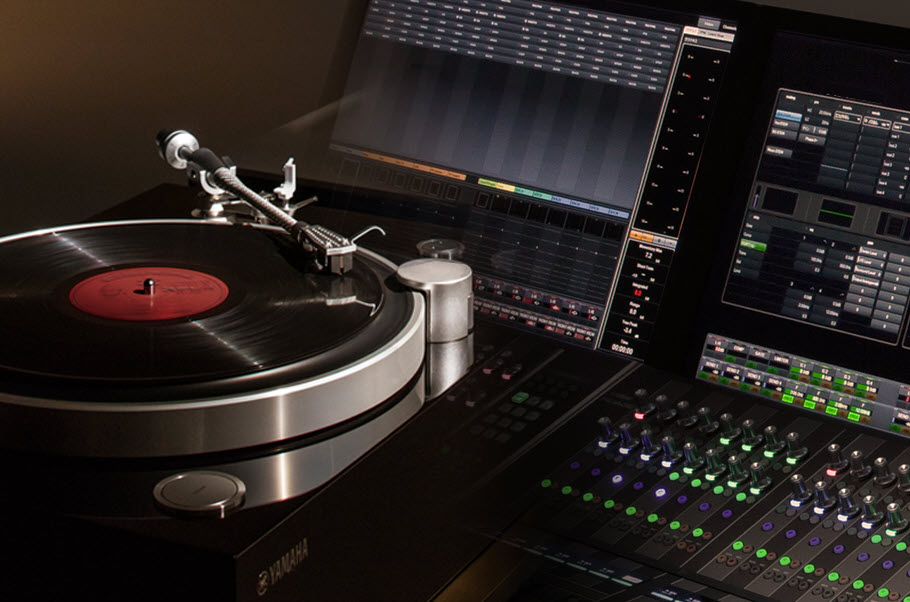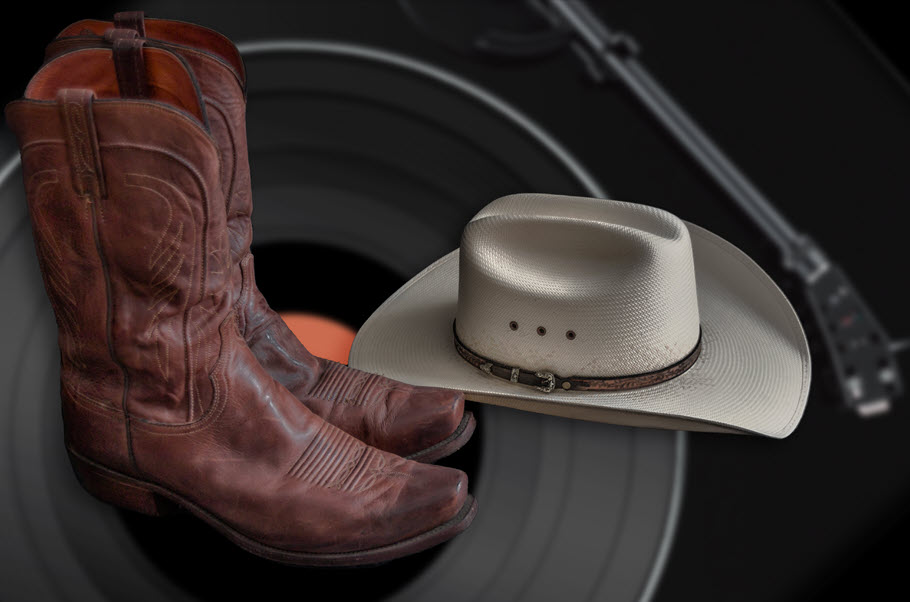Mono: A Look Back
One wasn’t always the loneliest number.
Years ago, comedian Steve Martin remarked that he had bought a new stereo system and referred to it as a “googlephonic — the maximum number of speakers nearest to infinity.” Today’s multichannel and Dolby Atmos systems aren’t far from this, but when LP records first appeared in the late 1940s, they were mono: a single channel, meant to be played through just one speaker.
Despite all the technological innovations that followed, mono is still a “thing.” Mono is not just limited to vinyl, either; today, most major streaming services offer popular music from classic rock bands like the Stones, The Beatles, and others in mono as well as stereo formats, so you can make some quick comparisons of your own.
The most obsessed vinyl enthusiasts have a separate phono cartridge for their mono discs, so as with all things audiophile, you can take this as far as you like. The difference is minor, but mono records often have better fidelity and deliver a louder signal with less surface noise since they utilize a slightly wider groove and are best played back using a stylus with a 1 mil (thousandth of an inch) width, whereas stereo records use a 0.7 mil stylus. In fact, many stereo records in the ’60s and very early ’70s were marked “for use with a stereo phono cartridge only,” as the larger 1 mil stylus would have destroyed the grooves rather quickly.
Why Mono Today?
There are a few good reasons for seeking out a mono recording. In the case of many early rock records — those of The Beatles, the Beach Boys and the Rolling Stones, to name a few —the mono release was the original work, as the artist intended. It’s well known that as stereo became more popular during the mid to late 1960s, the stereo mix from the master tape was not always given the same attention as the original mono. Often, those early stereo mixes consisted of nothing more than moving the drums to one side and the guitars to the other. (Thankfully, the bass and the vocals usually stayed in the middle.) This was often referred to as “reprocessed” or “rechanneled” stereo. And however it was done, the results were often bad.
Even some contemporary artists like John Mellencamp and Jack White have done records in mono. Mellencamp’s 2019 album No Better Than This was recorded with a single microphone and a ’50s-era mono tape machine. Even when played back digitally, the big, fat, warm sound is incredible. “The idea was to get as far away from technology and get back to the origins of how music was recorded,” Mellencamp explained in one interview.
A number of rock and jazz remasters have also been released in mono, utilizing the original mono tapes to stay true to the music. If you’re on the quest to get to the source of the music, mono mixes are worth seeking out.
The Original Argument
Joe Nino-Hernes, a mastering engineer at Sterling Sound/Nashville, looks back on mono as being the most accurate rendition at the time. “In the early days of stereo, many of the mono versions were better than their stereo counterparts,” he says. “The engineers and producers of the day had decades of experience with mono. It was highly refined and very well understood at that point. Stereo was new and didn’t have the benefit of that accumulated knowledge and experience.”
Legendary Beatles recording engineer Geoff Emerick certainly preferred it. “The mono mixes … were the real mixes as far as we were concerned,” he wrote in his memoir Here, There and Everywhere. “True Beatles fans would do well to avail themselves of the mono versions of Sgt. Pepper and Revolver because far more time and effort went into those mixes than into the stereo mixes. … In contrast to the way they carefully oversaw the original mono mixes, the group had no interest in even being present when we did the [stereo mixes]; that’s how little thought we all gave stereo in those days.”
When stereo recording was first released, the claim was that using two microphones instead of one would capture more spatial information than a single mic was capable of. However, if you listen to a mono recording on a quality audio system, you might just be surprised at how much spatial information there is and how instruments still have specific placement in the mix (i.e., soundstage) as they do in a stereo recording. Part of this may be due simply to the amount of hard work that went into some mono releases. Looking back on his days recording The Beatles, Geoff Emerick recalled that “It was tough trying to separate out John [Lennon] and George [Harrison]’s guitars, because they were usually recorded on the same track, in mono, so they were both coming out of the same speaker — it wasn’t a simple matter of placing one in the left speaker and the other in the right speaker. Sometimes I’d spend two hours or more on each guitar, trying to differentiate between the instruments; I had to do a lot of equalization work and record each with its own echo so it would sound distinctive.”
Classical music lovers will note that when listening to a full symphony in a concert hall, there really is no “pinpoint imaging.” The instruments blend together with some sense of placement, but not like a modern rock recording.
You can get a taste of the differences between the mono and stereo versions when streaming, which as a bonus allows you to bounce back and forth between the two from the comfort of your listening chair and decide what you prefer before you make the investment in the original vinyl versions. A cursory search on the internet will lead you to the countless debates that have been going on for years.
The bottom line is this: Many iconic recordings were originally recorded and/or mixed in mono, and regardless of whether or not you prefer it to stereo, there’s no question that you can get a lot of enjoyment out of the listening comparison. If you investigate some of your favorite artists from the ’50s and ’60s, you’ll discover there’s a lot to choose from!
Here are three tracks to get you started, all of which sound their best when the original vinyl LP is played with a mono cartridge installed.
The Beatles – “Paperback Writer” (from the American release of Revolver)
It’s intriguing to hear the differing sonic presentations when you compare the mono and stereo versions of this track, recorded and mixed by Emerick. Immediately you’ll hear a more solid bass line, better delineation of backing vocals and a somewhat fatter sound overall in the mono mix. Go back to the stereo version and it sounds considerably thinner, with less dynamics.
The Rolling Stones – “Sympathy For The Devil” (from Beggars Banquet)
As with “Paperback Writer,” this track really comes alive in mono, even when streamed. The blend is better, Mick Jagger’s voice is much more solid and organic, and the whole song has considerably more energy. This is even more pronounced when comparing vinyl versions. Interestingly, the mono mix has more of a stereo imaging effect!
The Beach Boys – “Sloop John B” (from Pet Sounds, Mono & Stereo)
For group leader, producer and songwriter Brian Wilson, mono was not just a preference, it was a necessity because he was virtually deaf in one ear. For that reason, all the classic Beach Boys tracks were recorded and mixed in mono. One standout is “Sloop John B.” This is another great example of that wider groove delivering a bigger, fatter bassline. Slightly anemic on the stereo mix, it rumbles on the mono mix, and those harmonies that the Beach Boys are famous for are absolutely massive in mono.















